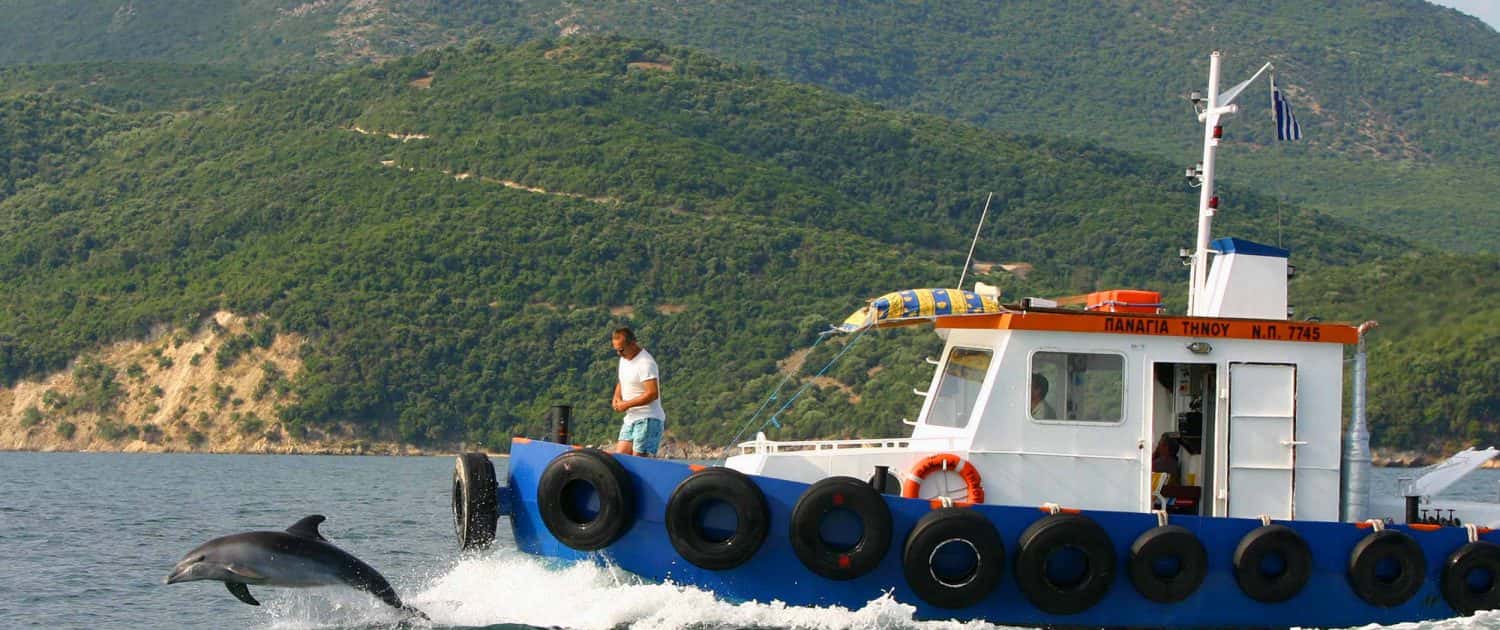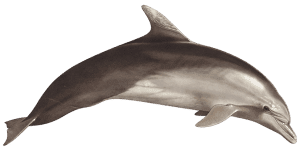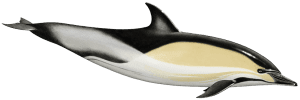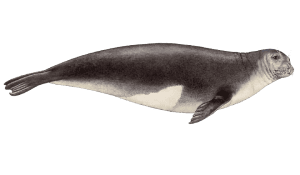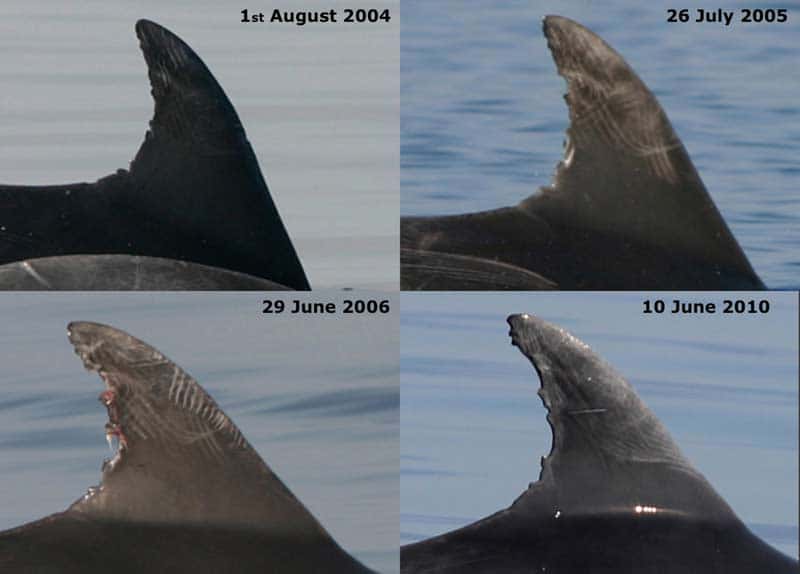The Ionian Dolphin Project aims to ensure the conservation of the marine mammal species in greek waters
Common dolphins, bottlenose dolphins and Mediterranean monk seals are studied by means of several research techniques to understand how they interact with their environment
Research by Ionian Dolphin Project primarily concentrates on three species: the common bottlenose dolphin, the common dolphin and the Mediterranean monk seal. These two dolphin species are regularly found in the coastal waters of the eastern Greece, while monk seals are a far less abundant and elusive species.

